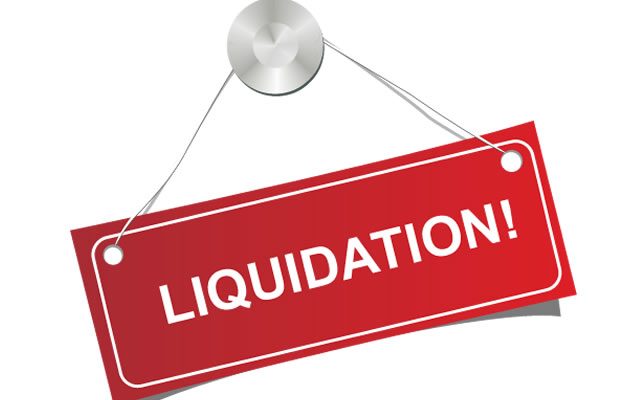Liquidation, judicial management numbers rise

A total of 87 companies were liquidated in 2014 compared to 44 in the 2013 period while companies under judicial management rose to 60 from 44.Zimbabwe is currently a challenging environment to do business in as most companies are saddled with high production and administrative overheads, high finance costs and competition from imported products.
According to statistics from the Master of the High Court, in 2011, 20 companies were under judicial management, with the figure rising to 27 in 2012 and 51 in 2013. Liquidations have also grown to 87 from 22 in 2011. The number of distressed companies according to court records closed the nine months to September at 128 against 114 in 2013.
Data from the October-December quarter is not yet available. Economic experts have said that there was need to recognise the difference between a company in financial distress and a company which is in economic distress. Companies which are in economic distress are unlikely to be revived as their products and processes are obsolete.
In a study, commissioned by the Competitions and Tariffs Commission last year titled “Enhancing Zimbabwe’s Regime for Resolving Corporate Financial Distress”, Daniel Fitzpatrick, a commercial law reform consultant commissioned by USAID said companies in economic distress were unlikely to come back as they cannot succeed in the market place since competitions produce a better product at lower cost.
He said economic distress exists regardless of a firm’s capital structure.
“In this regard the company would still be unattractive even if it had no debts whatsoever.”
This is because economic circumstances are now vastly different from the time when the company prospered. As a result, its assets will fail to bring in sufficient revenue, relative to the costs of operating the firm and the alternative ways in which they could be used.
“Eliminating creditors would not change the fundamental problem the firm faces.”
However, companies in financial distress are likely to survive and are less difficult to fix than those suffering from economic distress.
“The challenge involves distinguishing between the two conditions especially when shareholders tend to see their problems as financial rather than economic,” said Mr Fitzpatrick.
Under financial distress, a firm’s income is not enough to pay back what it has borrowed.
“Usually a past mistake or misfortune would have affected the balance sheet. The errant managers (the cause of the mistakes) are gone and the company has customers and cash flow sufficient to meet current expenses. But the underlying thing is that debts from past mistakes continue to haunt the firm.”
A significant number of companies are also failing to pay their staff on a regular basis, accumulating salary arrears further adversely impacting on aggregate demand. This has forced many firms to downsize and restructure their operations. According to the Retrenchment Board, 3 881 workers lost their jobs in 2014 with the last quarter recording 1 038 cuts. In 2013 2 367 workers were retrenched. A total 13 647 were retrenched between 2011 and September 2014. – Wires.











Comments